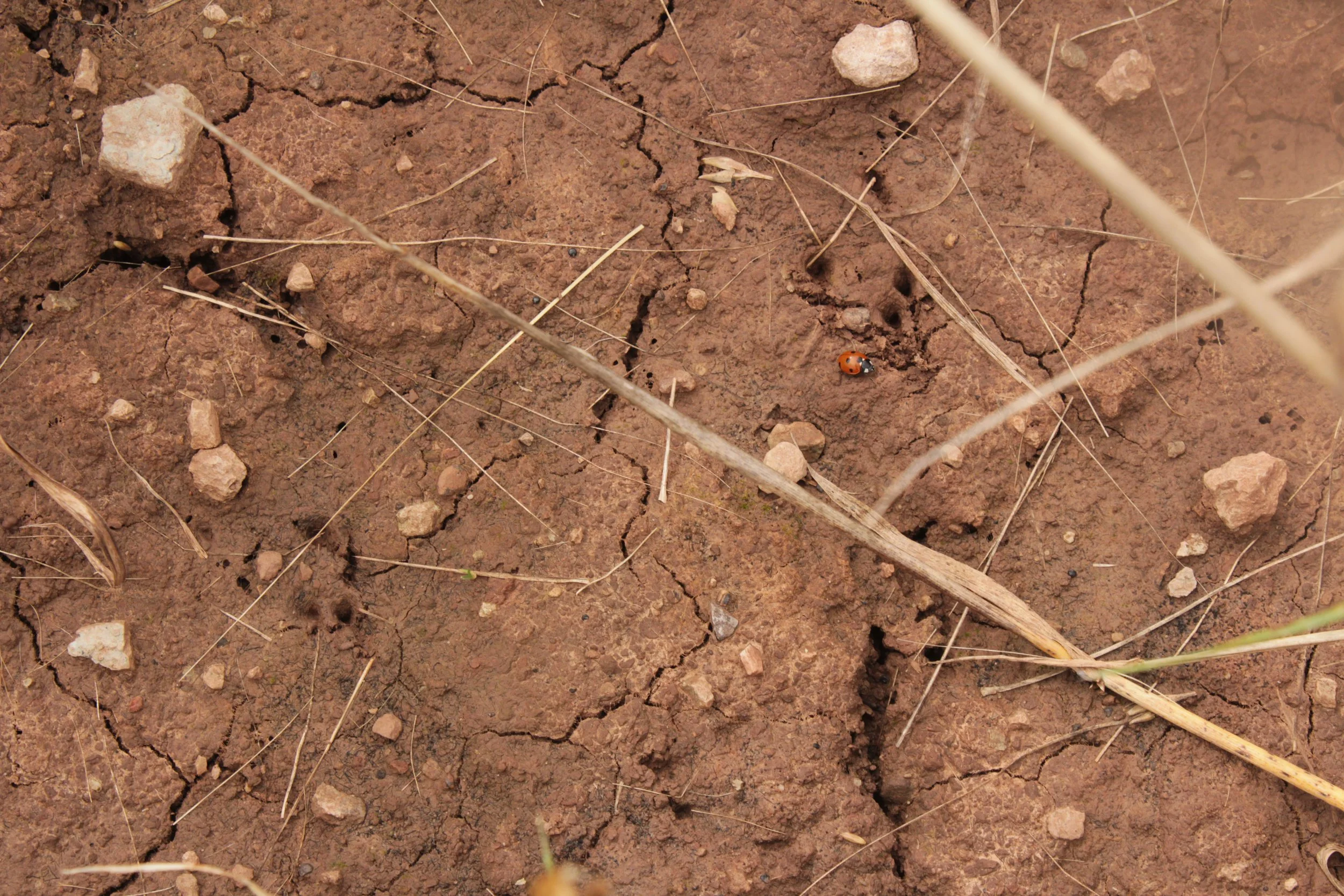Home / British mammals / House mouse
House mouse
Scientific name: Mus musculus
The house mouse has greyish-brown fur with longer over hairs. It is recorded throughout most of Great Britain and Northern Ireland but it less ubiquitous than commonly thought. It was probably introduced to Britain in the Iron Age.
Taxonomy chart
Animalia - Chordata - Mammalia - Rodentia - Muridae - Mus - M. musculus
Conservation status: UK Red List
GB: N/A
England: N/A
Scotland: N/A
Wales: N/A
Global: Least Concern
Species information
Habitat: Most commonly found in building within the British islands and found in chicken and pig farms.
Description: Grey- brown fur and has long over-hairs.
Size: Head and body length 70-90mm, hind foot length 16-19mm.
Weight: Considerable variation in weight on individuals.
Origin and distribution
Found throughout Great Britain and Ireland, including many islands.
Diet
Omnivorous though cereal foods are preferred to low carbohydrate foods. Insect are substantial part of diet for individuals not living near farmlands.
General ecology
Communal nesting in females of same breeding groups, most often 2 females, that will both nurse young indiscriminately. Young are born naked of fur, blind, pink and weigh as little as 1.5g. Develop quickly, fully weaned by 23 days. Predators are domestic cats, rats and barns owls.
Breeding
Litters of varying size (between 5-8) are born in roughly monthly intervals in buildings , however, when not near buildings females produce young only in the warmer summer months.
Conservation status
According to the Mammal Society’s 2018 study, there is a stable population of the house mouse within the UK and Ireland. Their populations experience a ‘boom and bust’ cycle in reproduction making population estimates hard to get exact numbers for the population.
Download resources
Identify sounds
Heard a curious animal sound but no idea whose making it?
Wildlife identification FAQ
Still not sure what you’ve found? Head over to our FAQ for an answer.




